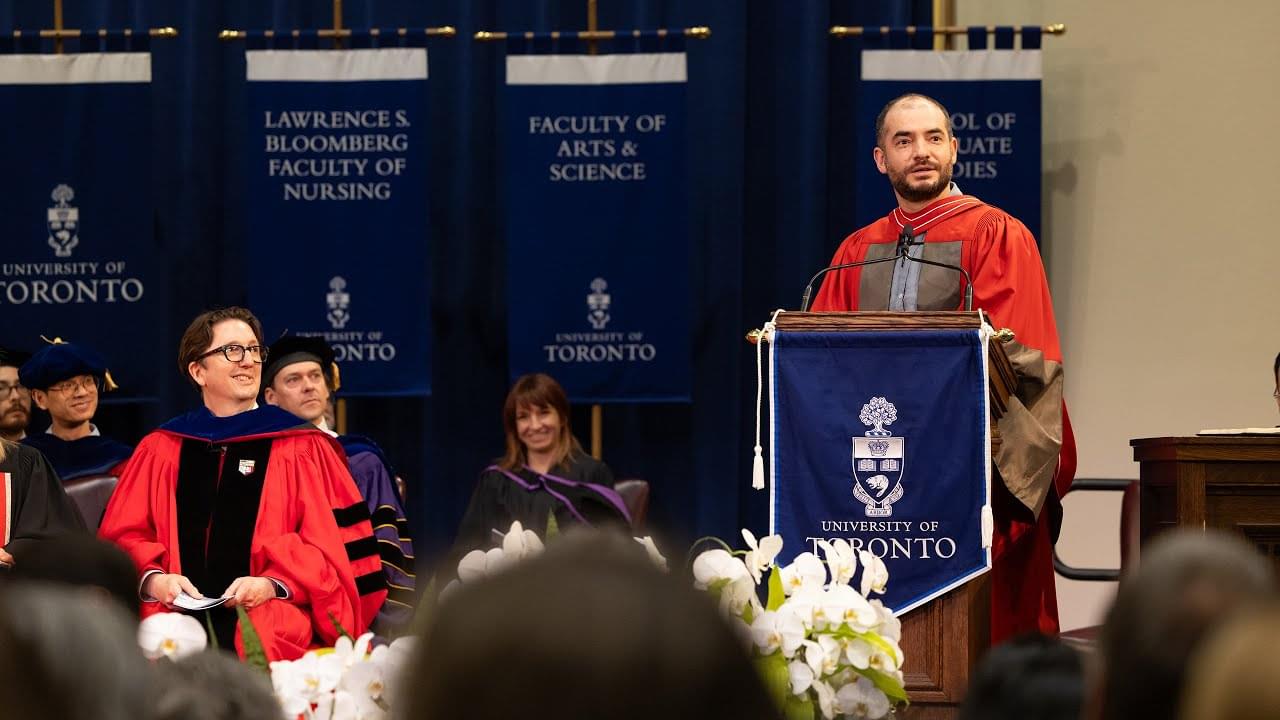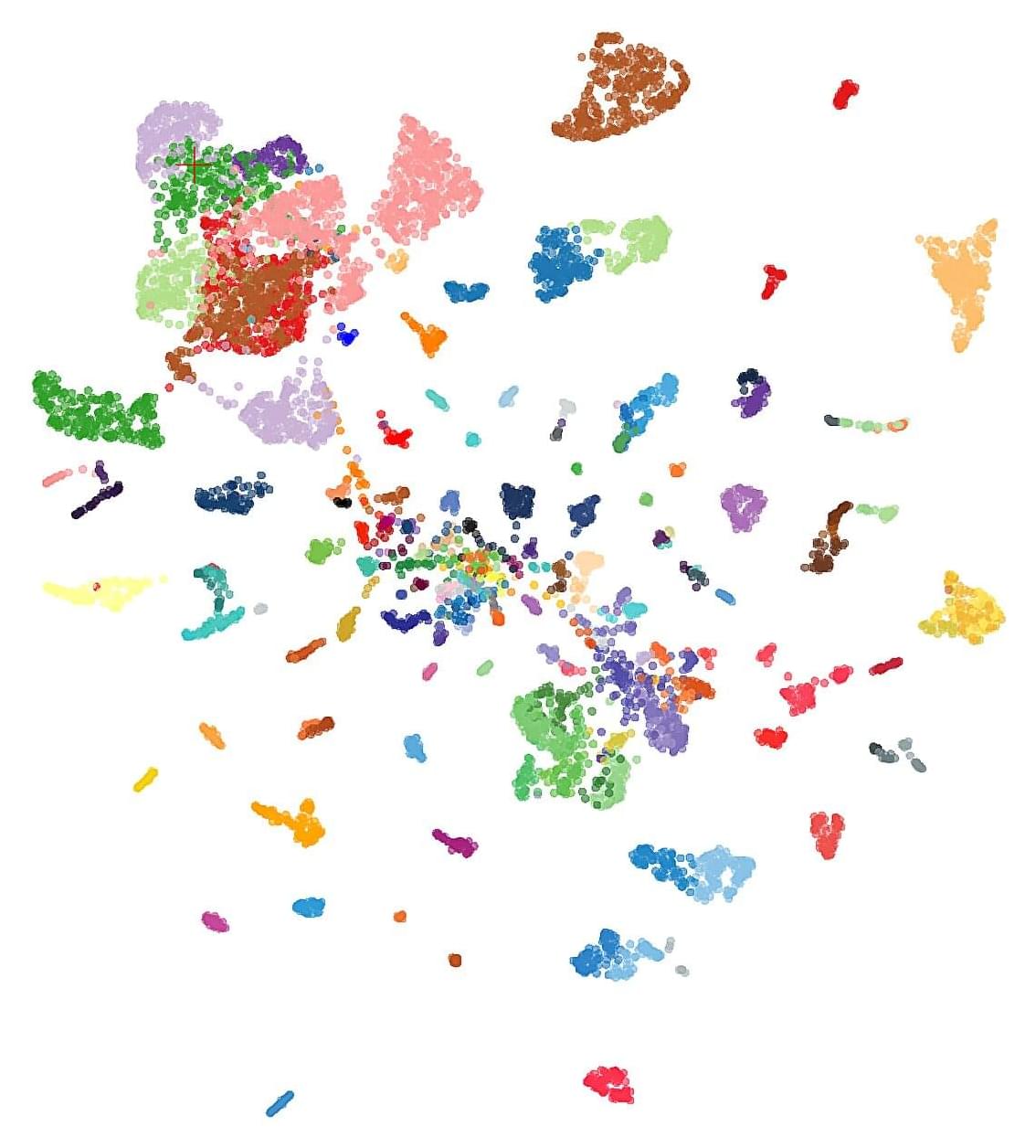Breast cancer is the most prevalent malignancy among women worldwide and is a major contributor to cancer-related mortality. The tumor microenvironment (TME)…
U.S. astronomers hunting for “Planet Nine” have instead stumbled on what appears to be a new dwarf planet in the solar system’s outer reaches.
IL-12 is dispensable for CD8 T cell responses to mRNA vaccination, but an Il12 mRNA-LNP enhances CD8 T cell memory and protection.
Published by IFERS of Beverley Hills, May 2025.
#fypageシ #trending #autism #autismo #health #wellness
Autism, Family & You [Hale Ph.D., Ian, Lee, Newton, Carrier, Chloe Estelle] on Amazon.com. *FREE* shipping on qualifying offers. Autism, Family & You.
From co-authoring seminal research papers to co-founding the research organization that developed ChatGPT, few people have been as influential in shaping the…
The MRI shows a brain tumor in an inauspicious location, and a brain biopsy will entail high risks for a patient who had consulted doctors due to double vision. Situations such as this case prompted researchers at Charité—Universitätsmedizin Berlin to look for new diagnostic procedures. The result is an AI model.
The model makes use of specific characteristics in the genetic material of tumors—their epigenetic fingerprint, obtained for example from cerebrospinal fluid, among other things. As the team shows in the journal Nature Cancer, the new model classifies tumors quickly and very reliably.
Today, far more types of tumors are known than the organs from which they arise. Each tumor has its own characteristics: certain tissue features, growth rates and metabolic peculiarities. Nevertheless, tumor types with similar molecular characteristics can be grouped together. The treatment of the individual disease depends decisively on the type of tumor.
A natural compound from broccoli sprouts that’s now backed by science for brain health, aging, cancer, metabolism, and more.
N6-methyladenosine (m6A) is the most common and abundant endogenous mRNA methylation in eukaryotic cells (Huang et al., 2020; Wang et al., 2014). The regulation of this modification is achieved through the coordinated action of three distinct protein groups. The “writers” (methyltransferase complex), which include METTL3, METTL14, and WTAP, are responsible for adding the m6A modification. In contrast, the “erasers” (demethylases), which consist of FTO and ALKBH5, remove this chemical mark. Lastly, the “readers,” a group of proteins including YTHDF1/2/3 and YTHDC1/2, recognize and bind to m6A-modified RNA, thereby modulating diverse RNA metabolic processes. The m6A reader proteins YTHDFs exhibit distinct canonical functional roles: YTHDF1 primarily boosts the efficiency of mRNA translation, YTHDF2 enhances mRNA degradation, and YTHDF3 exerts dual functions by supporting both translation and degradation of mRNA, with its role varying depending on the specific biological context (Roundtree et al., 2017; Shi et al., 2017; Wang et al., 2014; Wang et al., 2015; Zaccara et al., 2019). Recent studies have revealed that YTHDF proteins can influence the efficacy of RT through mechanisms, such as modulating DNA repair and shaping the tumor immune microenvironment (TIME) (Du et al., 2023; Shao et al., 2023; Shi et al., 2023; Wang et al., 2023a; Wang et al., 2023c; Wen et al., 2024a; Yin et al., 2023). Elucidating the functions and mechanisms of YTHDF proteins within the context of radiation biology holds significant potential for advancing therapeutic strategies in cancer RT.
This review provides an overview of recent progress in elucidating the mechanisms by which YTHDF proteins in tumor and immune cells modulate the therapeutic efficacy of RT. By synthesizing current knowledge on the functions of YTHDF proteins in the context of IR, we emphasize their indispensable role in shaping RT outcomes.
In this study, Jung et al. investigate the effect of excessive NLRP3-mediated neuroinflammation on synaptic functions and behaviors using Nlrp3D301N-conditional knockin mice. Strikingly, excessive NLRP3-mediated neuroinflammation causes NMDAR hyperactivation, leading to abnormal behaviors. Treatment with IL-1β receptor antagonist (IL-1RA) or NMDAR antagonist reverses the pathological phenotypes.








